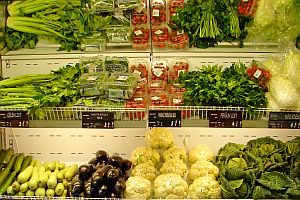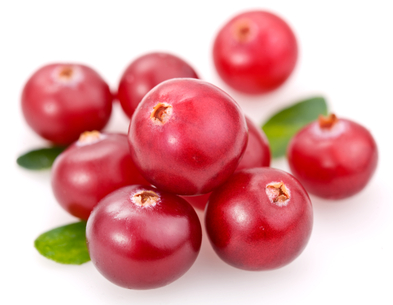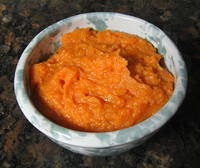What Are the Best Sources of Fiber?

Getting adequate amounts of fiber in your diet is important for a variety of reasons. The primary ones are that it improves digestion and contributes to lowering your risk of contracting chronic diseases such as diabetes, cancer and heart disease. The FDA recommends that adults get at least 25 to 30 grams in their diet every day. However, our typical western diet, which is high in refined grains and processed food, provides the average person only about 15 grams of fiber per day.
There are two different types of dietary fiber: soluble and insoluble, each of which fulfill an important task. Soluble fiber dissolves in water (and our stomach’s digestive juices), transforming into a gel-like substance that helps to lower levels of “bad” LDL cholesterol and reduce high blood sugar. The primary purpose of insoluble fiber is to work as an indigestible bulking agent to keeps things moving along the digestive tract, which aids elimination and reduces the risk of constipation, hemorrhoids and diverticulosis. Fiber may also help you to lose weight, and is important in maintaining general bowel health.
Among the best sources of both soluble and insoluble fiber are the following:
- Beans and lentils – Make a three-bean salad, a bean burrito, some chili or soup. Hummus (chick pea puree) is another tasty option.
- Bran cereal – You don’t have to endure Grape Nuts to meet your daily requirement. Any cereal with 5 or more grams of fiber per serving is considered high in fiber.
- Whole grains – Chuck the white bread for whole-grain bread and pasta. It tastes better, and it does not make your blood sugar spike so quickly due to its higher fiber content.
- Brown rice – Has a great, nutty taste and is particularly nice with a little soy sauce added.
- Vegetables – Broccoli, cabbage, cauliflower, Brussels sprouts and celery are among the vegetables with the highest fiber. Be sure not to overcook them though. They should remain crunchy.
- Popcorn – A low-calorie snack (if you skip the added butter) and an easy source of fiber.
- Nuts and seeds – Those highest in fiber are almonds, pecans, walnuts, sunflower seeds and pumpkin seeds.
- Baked potatoes – Be sure to eat the skin, as it’s the part with the good fiber.
- Berries – There’s a lot of fiber contained in the seeds and skin of berries.
- Oatmeal – Steel-cut oats are the best in providing good amounts of cholesterol-lowering fiber. If you’re in a rush, instant oatmeal provides fiber as well, if at a lower amount.
So be sure to add more from the above list to your weekly menu and enjoy the many benefits that increased fiber has to offer! If you have questions about your diet choices, always remember that you can call either of our Billings offices and schedule an appointment to meet with Dr. Oblander or a member of our staff!



